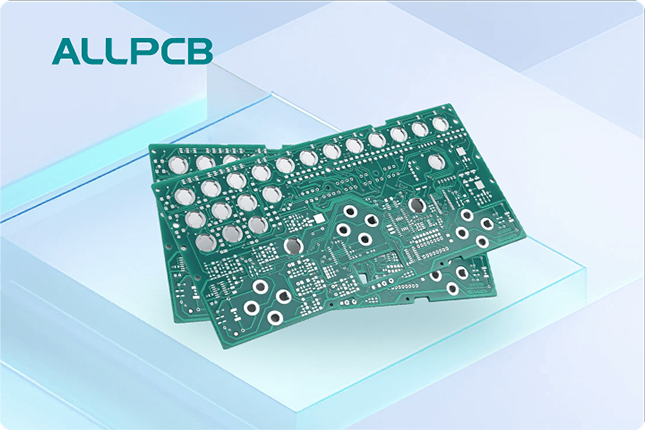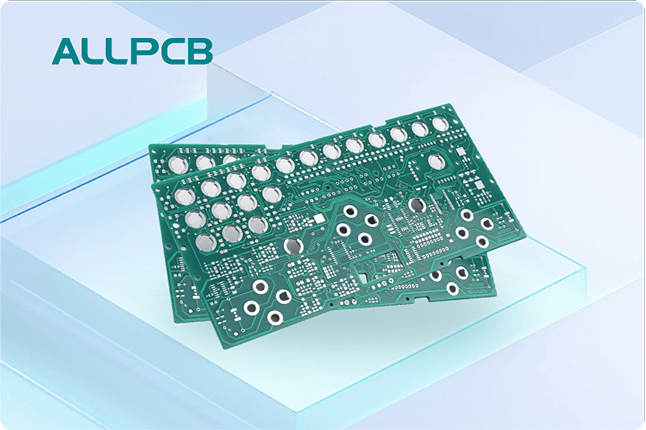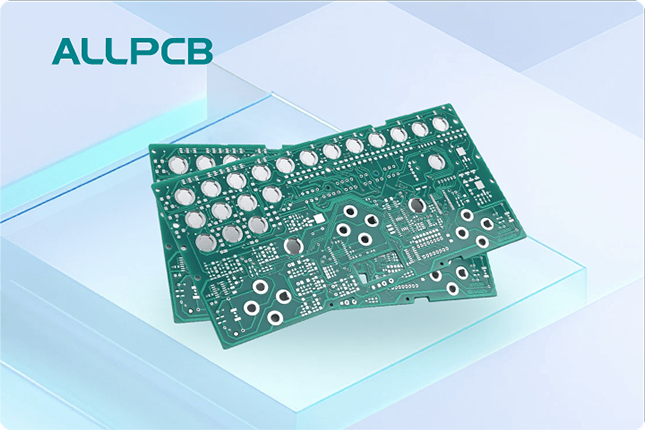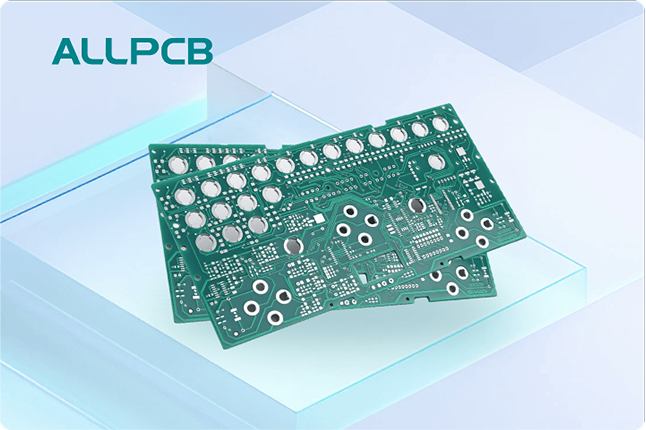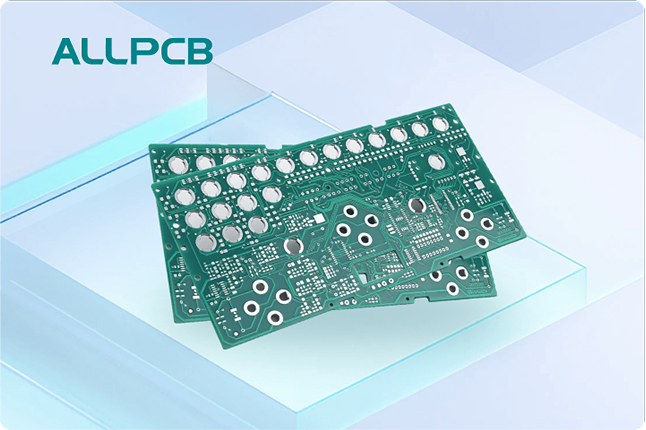If you're looking to ensure the cleanliness of your printed circuit boards (PCBs) and prevent failures due to ionic contamination, the IPC-TM-650 Method 2.3.25, also known as ROSE testing, is a critical standard to understand. ROSE, or Resistivity of Solvent Extract, is a widely used method to detect and measure ionizable surface contaminants on PCBs. In this comprehensive guide, we'll explore the IPC-TM-650 ROSE test procedure, how it identifies PCB ionic contamination, the interpretation of ROSE test results, equipment calibration practices, and how it compares to other cleanliness tests. Whether you're a PCB designer, manufacturer, or quality control engineer, this blog will provide actionable insights to help you maintain high-quality standards.
What is IPC-TM-650 Method 2.3.25 and ROSE Testing?
The IPC-TM-650 Test Methods Manual, published by the Institute of Printed Circuits (IPC), is a collection of standardized testing procedures for evaluating materials, processes, and products in the electronics industry. Method 2.3.25 specifically focuses on detecting and measuring ionizable surface contaminants on PCBs using the Resistivity of Solvent Extract (ROSE) technique. This method is essential for assessing cleanliness after manufacturing processes like soldering, as residues such as flux, salts, or other ionic materials can lead to corrosion, short circuits, or long-term reliability issues.
ROSE testing works by extracting ionic contaminants from the PCB surface into a solvent, typically a mixture of isopropyl alcohol and deionized water. The resistivity or conductivity of this solvent is then measured to determine the level of contamination. A lower resistivity (or higher conductivity) indicates a higher presence of ionic residues, which could compromise the board's performance.
Why is ROSE Testing Critical for PCB Cleanliness?
Ionic contamination on PCBs can cause significant problems, especially in high-reliability applications like aerospace, medical devices, and automotive electronics. According to industry studies, over 25% of PCB failures are attributed to contamination-related issues. These contaminants, often left behind during manufacturing processes, can lead to electrochemical migration, dendritic growth, and eventual short-circuiting. ROSE testing provides a quantitative measure of cleanliness, helping manufacturers identify and address potential issues before they result in costly failures.
By adhering to the IPC-TM-650 Method 2.3.25, manufacturers can ensure that their boards meet cleanliness standards, such as those outlined in IPC-6012 for rigid PCBs or IPC-A-610 for acceptability of electronic assemblies. This not only improves product reliability but also builds trust with clients who demand high-quality components.
Step-by-Step IPC-TM-650 ROSE Test Procedure
Understanding the detailed procedure for ROSE testing under IPC-TM-650 Method 2.3.25 is vital for accurate results. Below is a breakdown of the key steps involved:
- Preparation of the Test Sample: Select a representative PCB or assembly to be tested. Ensure the board is handled with clean gloves to avoid introducing additional contaminants.
- Solvent Preparation: Use a solvent mixture of 75% isopropyl alcohol and 25% deionized water, as specified in the method. The solvent must be of high purity to avoid false readings.
- Extraction Process: Immerse the PCB in the solvent or spray it onto the surface using specialized equipment. The solvent extracts ionic residues over a set period, typically 5 to 10 minutes, depending on the equipment and test setup.
- Measurement of Resistivity/Conductivity: Transfer the solvent to a measurement cell or use an in-line system to measure its resistivity or conductivity. The change in resistivity indicates the level of ionic contamination extracted from the board.
- Calculation of Contamination Level: Convert the resistivity or conductivity reading into a contamination value, often expressed as micrograms of sodium chloride (NaCl) equivalent per square centimeter (μg/cm2). The IPC standard provides guidelines for acceptable limits, typically around 1.56 μg/cm2 for many applications.
Interpreting ROSE Test Results for PCB Cleanliness
Interpreting ROSE test results is a critical skill for ensuring PCB reliability. The results are typically reported as an equivalent amount of sodium chloride per unit area (μg/cm2). Here's what the numbers mean:
- Below 1.56 μg/cm2: This is often considered acceptable for most general-purpose and high-reliability applications, indicating minimal ionic contamination.
- 1.56 to 3.06 μg/cm2: This range may be acceptable for less critical applications but could pose risks in high-reliability environments. Further cleaning or process optimization may be needed.
- Above 3.06 μg/cm2: This indicates significant contamination, requiring immediate action such as additional cleaning or process adjustments to prevent potential failures.
It's worth noting that ROSE testing measures total ionic contamination and does not identify specific contaminants. If results are outside acceptable limits, further analysis using techniques like ion chromatography (as per IPC-TM-650 Method 2.3.28) may be necessary to pinpoint the exact nature of the residues.
ROSE Test Equipment Calibration: Ensuring Accurate Results
The accuracy of ROSE testing heavily depends on proper equipment calibration. Most ROSE testing systems use a conductivity meter or resistivity probe to measure the solvent's properties. Here are key calibration practices to follow:
- Regular Calibration with Standards: Use certified calibration solutions with known conductivity values (e.g., 100 μS/cm or 500 μS/cm) to calibrate the equipment before each test session. This ensures the meter provides accurate readings.
- Solvent Purity Check: Verify the baseline resistivity of the solvent before testing. Contaminated solvent can skew results, so it must meet a minimum resistivity threshold, often around 10 MΩ·cm for deionized water components.
- Temperature Compensation: Conductivity measurements are temperature-sensitive. Modern ROSE testing equipment often includes automatic temperature compensation, but if not, ensure tests are conducted at a standard temperature (e.g., 25°C) or adjust readings accordingly.
- Equipment Maintenance: Clean the measurement cell or probe after each test to prevent residue buildup, which could affect future readings. Follow the manufacturer's guidelines for maintenance intervals.
By maintaining strict calibration protocols, you can trust the data obtained from ROSE testing, ensuring consistent quality control in your PCB production process.
Comparing ROSE Test to Other Cleanliness Tests
While ROSE testing is a cornerstone of PCB cleanliness assessment, it's not the only method available. Comparing it to other tests can help you choose the right approach for your needs. Below, we discuss how ROSE testing stacks up against alternative methods:
ROSE vs. Ion Chromatography (IC)
Ion Chromatography, covered under IPC-TM-650 Method 2.3.28, provides a detailed breakdown of specific ionic species (e.g., chloride, bromide, sulfate) on a PCB surface. Unlike ROSE testing, which gives a total ionic contamination value, IC identifies and quantifies individual contaminants. However, IC is more time-consuming and requires specialized laboratory equipment, making ROSE a faster and more cost-effective option for routine process control.
ROSE vs. Surface Insulation Resistance (SIR) Testing
SIR testing measures the electrical resistance between conductors on a PCB under specific environmental conditions (e.g., high humidity and temperature). It assesses the risk of electrochemical migration due to contamination. While ROSE provides a direct measure of ionic residues, SIR evaluates the functional impact of contamination on board performance. SIR is often used as a complementary test to ROSE for high-reliability applications.
ROSE vs. Visual Inspection and Microscopic Analysis
Visual inspection and microscopic analysis are qualitative methods to detect visible residues or defects on a PCB surface. These methods are useful for identifying obvious contamination but lack the precision and quantitative data provided by ROSE testing. They are often used as preliminary checks before conducting more detailed tests like ROSE.
In summary, ROSE testing offers a balance of speed, cost, and reliability for routine cleanliness checks, while other methods like IC and SIR provide deeper insights for specific scenarios or failure analysis.
Benefits and Limitations of ROSE Testing for PCB Cleanliness
ROSE testing has several advantages that make it a go-to method for many manufacturers:
- Speed: The test can be completed in under an hour, allowing for quick feedback during production.
- Cost-Effectiveness: Compared to more complex methods like ion chromatography, ROSE testing is relatively affordable.
- Standardization: As part of the IPC-TM-650 manual, it is a widely recognized and accepted method across the industry.
However, there are limitations to consider:
- Lack of Specificity: ROSE does not identify the type of contaminants, only their total ionic content.
- Sensitivity to Non-Ionic Contaminants: It does not detect non-ionic residues like organic flux or oils, which may also affect board performance.
- Equipment Dependency: Results can vary based on equipment calibration and operator skill, requiring strict adherence to protocols.
Best Practices for Implementing ROSE Testing in PCB Manufacturing
To maximize the effectiveness of ROSE testing, consider these best practices:
- Integrate into Process Control: Use ROSE testing as a regular part of your quality assurance process, especially after soldering or cleaning steps.
- Train Personnel: Ensure that operators are well-trained in the IPC-TM-650 ROSE test procedure and equipment handling to minimize errors.
- Combine with Other Tests: Use ROSE alongside complementary methods like SIR or IC for a comprehensive cleanliness assessment, especially for critical applications.
- Document Results: Maintain detailed records of test results, calibration logs, and process adjustments to track trends and ensure compliance with industry standards.
Conclusion: Ensuring PCB Reliability with ROSE Testing
The IPC-TM-650 Method 2.3.25, or ROSE testing, is an indispensable tool for assessing PCB cleanliness and preventing failures caused by ionic contamination. By following the standardized ROSE test procedure, calibrating equipment properly, interpreting results accurately, and understanding how it compares to other cleanliness tests, manufacturers can maintain high-quality standards and deliver reliable products to their clients. Whether you're producing boards for consumer electronics or high-stakes industries, integrating ROSE testing into your workflow is a proactive step toward ensuring long-term performance and customer satisfaction.
At ALLPCB, we are committed to supporting your PCB manufacturing needs with advanced testing and quality assurance processes. By leveraging methods like ROSE testing, we help you achieve the highest levels of cleanliness and reliability for your electronic assemblies.
 ALLPCB
ALLPCB


